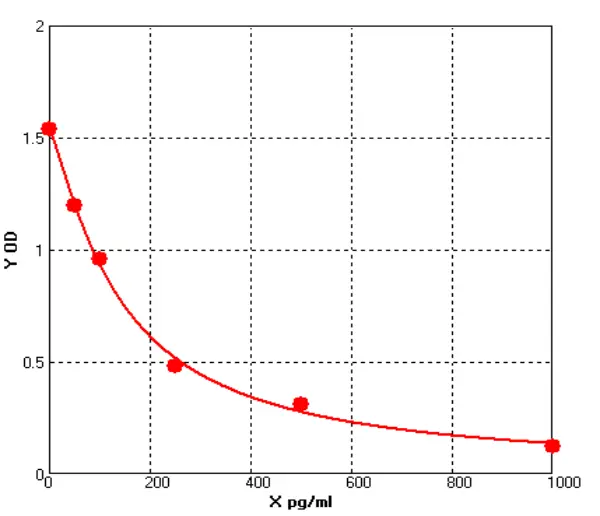- Host Cell Protein Detection Kits
- Host Cell DNA Residue Detection Kits
- Antibodies
- Recombinant Proteins
- ELISA Kits
- Cellular Component Protein Library
- Plasmids
- Promotions
-
Exhibition review | 2025 The 7th China Wuhan Optics Valley Biological Annual Conference and Biopharmaceutical Quality Analysis Technology Forum came to a perfect end, looking forward to seeing you next time
On February 27-28, 2025, Crowne Plaza Wuhan Optics Valley held the "7th China Wuhan Optics Valley Biological Academic Annual Meeting and Biopharmaceutical Quality Analysis Technology Forum" ...
Mar.12, 2025Read More > -
Fishing for Data: The Impact of Cortisol ELISA Kits on Ichthyological Studies
In the ever-evolving field of ichthyology, researchers are constantly exploring new avenues to deepen their understanding of fish biology and behavior. One key aspect that has gained significant atten...
Feb.28, 2025Read More > -
Raising the Bar: Porcine ELISA Kits as Catalysts for Scientific Breakthroughs
The field of science continually evolves as researchers strive to uncover groundbreaking discoveries and advance our understanding of the world around us. One essential tool that plays a significant r...
Feb.19, 2025Read More >
BlueGene Biotech's Research For Cell Biology
1. Three Levels Of Cell Biology
The development of cell biology could be divided into three levels: microscopic, ultrastructural and molecular levels. It studies cell structure and function at these three levels. Cell proliferation, differentiation, metabolism, movement, aging, death, cell signal transduction, cell gene expression and regulation, cell origin and evolution, and other major life processes.
2. The Importance Of Cell Biology
Cell biology makes extensive use of the achievements of adjacent disciplines and draws on the strengths of others in technical methods. Anything that can solve problems will be used. For example, molecular biology is used to study the structure of genes, biochemistry and molecular biology are used to study various nonhistones on chromosomes, and their regulation and control on gene activities, or use immunological methods to study the distribution of various cytoskeleton proteins (tubulin, microfilament and various medium fibrin) in cells and their changes in life activities.









